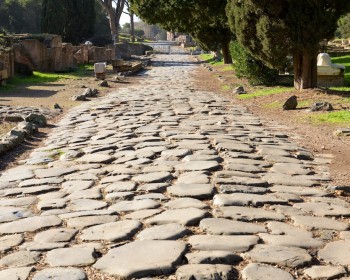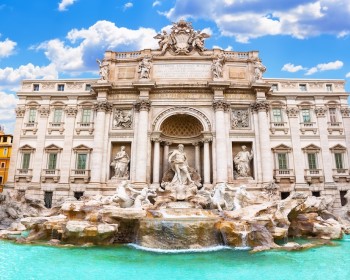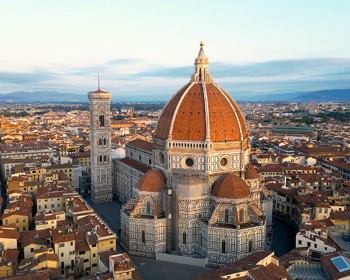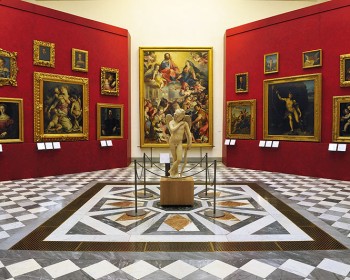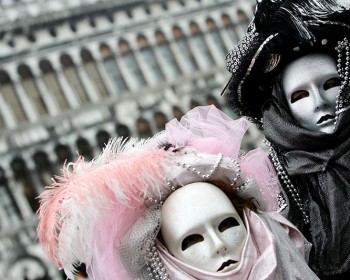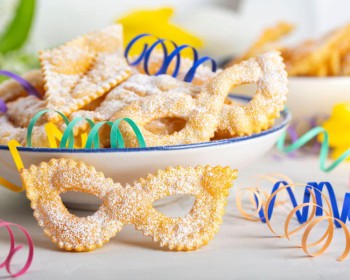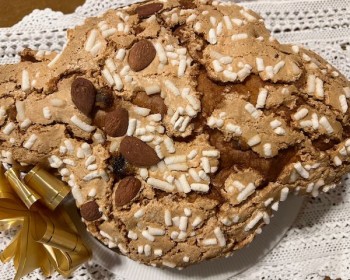Let start with Rome: easter food in Rome it is mainly about breakfast… such a sumptuous breakfast! This normally includes Pizza sbattuta, Frittata con carciofi, Uova sode, Corallina con pizza al formaggio, Coratella con carciofi.
Pizza sbattuta is a soft and plain cake which goes perfectly with coffees, jams and chocolate. Taste it with chocolate eggs that you will find everywhere in Italy!
However, a sumptuous breakfast might not include something savoury? Frittata con carciofi is an omelette made with eggs and artichokes, followed by uova sode, or boiled eggs, corallina, which is a particular type of salame and must be eaten with a special flat and cheesy bread.
Last but not least: Coratella con carciofi! This is maybe something not for everyone but we cannot tell you enough how good this is. Ingredients are heart, lung and liver of a young lamb stir-fried with artichokes, try to believe!
Also in Naples, traditional Easter recipes are both savoury and sweet. Worldwide famous Pastiera is a delicious pie filled with ricotta cheese, every taste bud will dance and sing its praise! Two are the legends around this sweet: it is said that the mermaid Partenope, enchanted by the beauty of the gulf between Posillipo and Vesuvius, had fixed her residence there.
Every spring the beautiful mermaid emerged from the waters to greet the happy inhabitants of the gulf, cheering them with songs of love and joy. Once her voice was so melodious that everyone remained fascinated and enraptured: they rushed towards the sea moved by the sweetness of the song and the words that the siren had dedicated to them.To thank her for such a great pleasure, they decided to offer her the most precious things they had.
Another anecdote about the Pastiera is more recent: it seems that Maria Teresa D'Austria, wife of Ferdinando II di Borbone, was nicknamed "the Queen who never smiles". This is not hard to believe if you think that her marriage was by proxy, she was alone in a foreign country, where none could speak German... Apparently, the queen agreed to taste a slice of Pastiera and suddenly... she smiled.
The popular Casatiello it is a kind of focaccia bread, baked with salami, cheese and boiled eggs, beautiful! The first information about Casatiello dates back to the end of the 16th - early 17th century when the fairy tale Cenerella from Giambattista Basile describes the festivities given by the king to find the girl who had lost the shoe. But where does this curious name Casatiello come from? “Caseus” was cheese in Latin, which became "Caso" in the Neapolitan slang, the one from “casaduoglio” (grocer), so that the Casatiello takes its name equivalent to "small bread with cheese".
However, it must be said that it is all date back to much earlier, precisely from the pagan spring festivals in honor of Ceres, where eggs were a symbol, together with wheat, the reawakening of nature. From pagan festivals to Christian Easter: the link is the resurrection (rebirth), which is celebrated by eating products of the earth. The Casatiello, whose shape recalls the crown of thorns of Christ, becomes a symbol of it.
If you prefer sweets, Florence and Venice might be the perfect spots for you!
In Florence you will find Schiacciata alla fiorentina and Biscotti quaresimali.
Schiacciata alla fiorentina, irresistible temptation, became object of an exciting challenge over the years. In fact, competitions and tastings are dedicated to it and tradition has it that the best bakers are judged and crowned every year.
One of the Lenten cookies (Biscotti quaresimali) it is a simple recipe, designed for the period of abstinence and fasting which precedes Easter. These biscuits, in their typical alphabet’s letter shape, originated in Florence in the early 1900s in the Digerini Marinai factory. The preparation was basically a remedy to the dietary limitations respected during the Lenten period when products derived from animals were not consumed. Therefore, there is no butter among the ingredients. Bitter chocolate gives them their color. In the modern recipe, you can find egg whites.
In Veneto region there is no Easter without the Focaccia, a traditional dessert that can also take the form of "dove”. It is a bread enriched with several but simple ingredients: flour, sugar, butter, yeast and eggs. Its origin is still legend, but it seems that the idea of this "sweet bread" came from an old baker from Treviso: he worked his bread dough with butter, eggs and honey (sometimes almonds) to get a soft and light dessert, which he used to donate to his customers during Easter time.
Tradition also wants the "Fugassa" to be prepared for engagement and given to the girl's family with the engagement ring hidden inside. It requires a long leavening, with long pauses (at least three of about three hours each), to obtain this very soft and light dough that, in the end will be glazed with a mixture of egg, peeled almonds and granulated sugar.
Veneto pairs this dessert with many suitable wines, such as the Prosecco Superiore of Cartizze, the Moscato Fior d'Arancio of the Euganean Hills, the Recioto of Gambellara sparkling wine, the Recioto of Soave.
Enjoy your stay in Italy and our Easter specialities!



